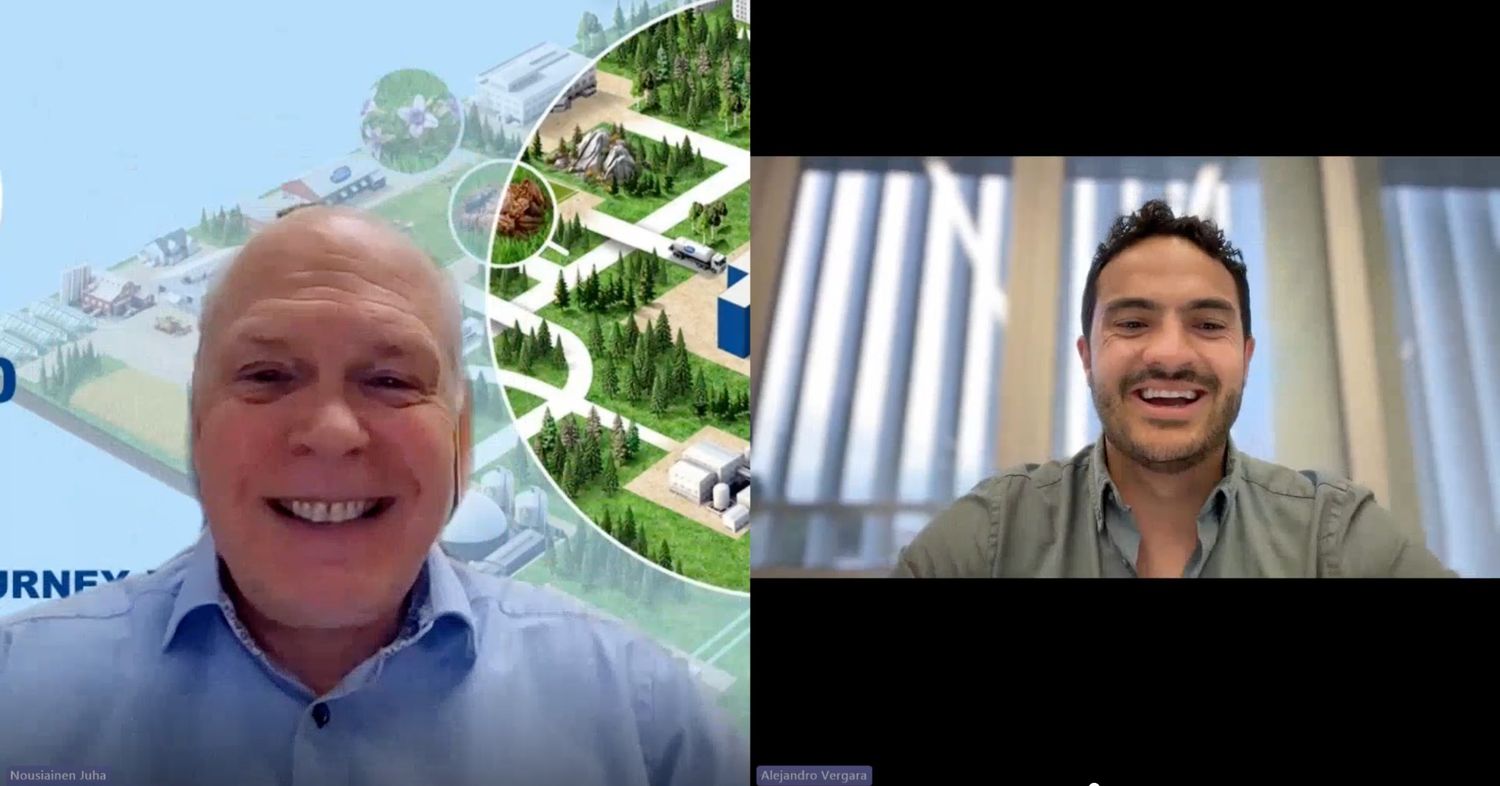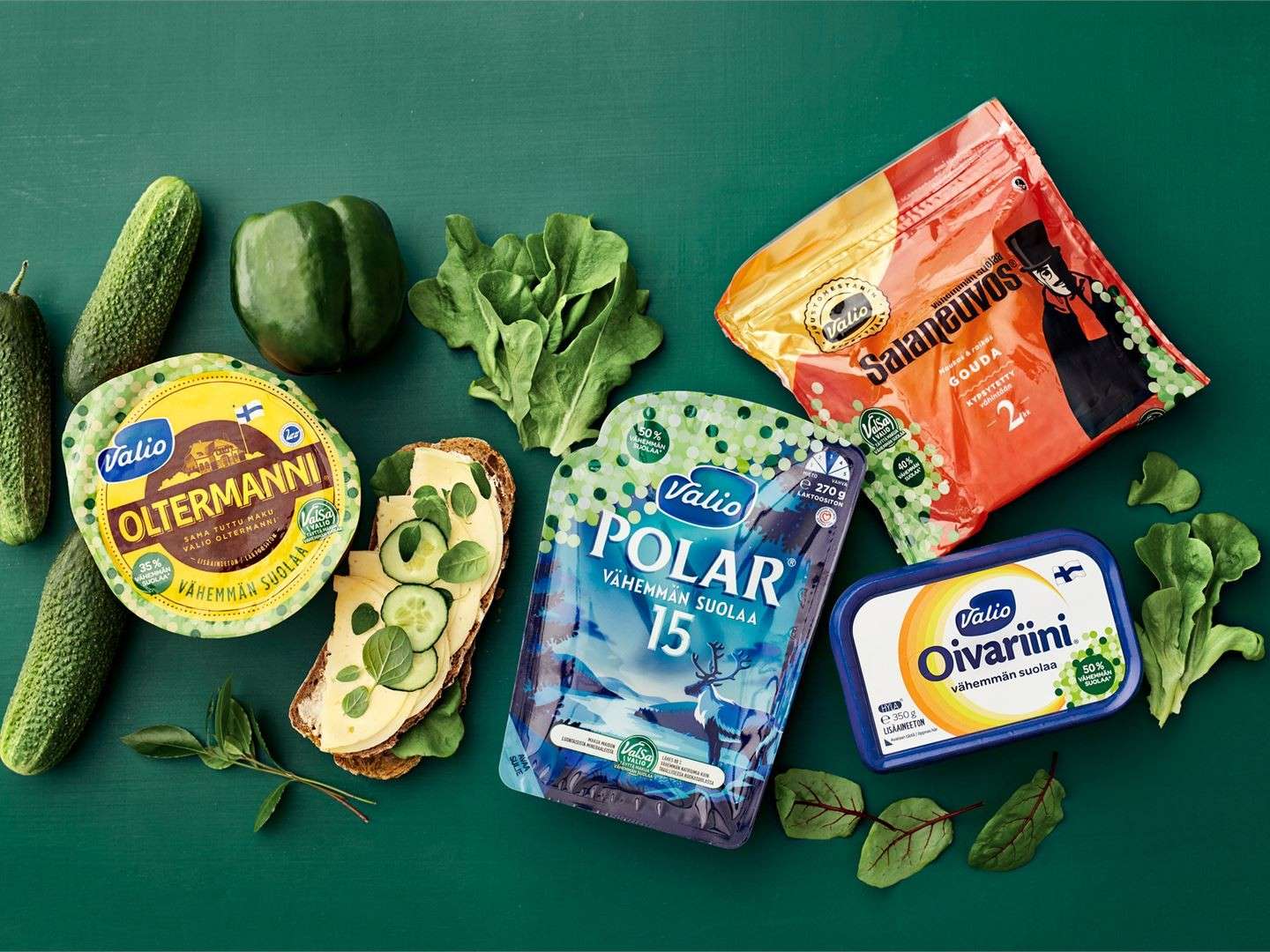Inside Valio’s Carbon-Neutral Milk Strategy: A Deep Dive with Juha Nousiainen

Introduction: Turning Ambition into Action
Valio has become a global benchmark for sustainability in the dairy industry. With over 3,400 farmer-owners and a commitment to producing carbon-neutral milk by 2035, the Finnish cooperative is proving that scale and ambition can go hand-in-hand.
In an in-depth conversation with ODOS CEO and Co-founder Alejandro Vergara, Juha Nousiainen, Senior Vice President of the Carbon-Neutral Milk Chain at Valio, shared a clear-eyed perspective on what it takes to move from sustainability strategy to operational reality.
How to Turn Carbon-Neutral Milk into Action
Valio’s carbon-neutral journey began long before 2019, but the turning point came when the company launched its climate programme with practical tools, not just long-term targets.
“We were starting with very concrete actions,” Juha said, citing initiatives like:
The launch of a farm-level carbon calculator
Biogas production using cow manure
Farmer training on emissions reductions
But strategy is more than tools. Juha emphasized that to achieve real impact, Valio’s actions had to make sense for farmers economically, not just environmentally.
“Our business should be economically viable… We need models to support the actions.”

Insetting: Who is Responsible In The Supply Chain?
This is where Valio’s insetting model begins to take shape. Recognizing that emissions reductions and carbon removals generated within its own supply chain could hold market value, Valio began building a commercial model to match its climate ambitions.
“When we are producing, within our own value chain, emission reductions or carbon removals, we need to commercialize these actions.”
Rather than relying on external offsets, Valio is working on monetizing climate impact internally, turning their carbon reductions into insetting assets tied directly to milk production. These assets can be sold alongside their physical products or used to help B2B partners reach their Scope 3 targets, linking environmental leadership to new revenue streams.
This integration of operational tools + economic incentives forms the backbone of Valio’s carbon-neutral milk roadmap and sets up the next major challenge: how to design business models that scale those reductions across the entire value chain.
Juha was clear: while B2B partners, such as food brands and manufacturers, have been relatively easy to engage (since many have science-based Scope 3 targets), retailers and B2C markets are more complicated.
“We don’t really know what they want… Of course, they want emission reductions, but we don’t know if they’re willing to pay anything for them.”
This exposes a structural problem: the value of insetting is obvious to scientists and supply chain specialists, but it’s not yet clearly understood by the end of the value chain. And in highly concentrated retail markets (like Finland, where only two players dominate), Valio’s reliance is high.
Which Mitigation Strategies Would You Like to See Implemented?
Valio has identified 27 mitigation actions in its climate programme, but it’s focusing on the ones that are both technically viable and commercially scalable in the short term.
“We’ve been able to identify about six or seven actions that could be commercialized within three to five years,” Juha shared.
Here are the three leading strategies:
- Biogas production using cow manure, delivering renewable energy, biogenic CO₂, and digestate-based nutrients that loop back into the farming system
- Emissions-free energy systems, powering production and logistics with low-impact alternative
- Carbon farming is focused on increasing soil organic carbon, but only when measurement and verification can support it
Valio is currently developing a carbon model in partnership with the Finnish Meteorological Institute.
Verification remains a sticking point. Like in many agricultural sectors, the science of removals is ahead of the infrastructure needed to track them reliably. Juha’s goal is clear: by 2026, carbon farming should be part of Valio’s commercial insetting programme.
“We really hope we can finalize a model this year. If we are able to do that… I will be retired,” Juha joked.
Mitigation, in Juha’s view, must work for the farm and the market. A technology without economic traction, or a carbon claim without verification, won’t scale. That’s why each strategy Valio backs must be both climate-effective and commercially sustainable.
What Role Does Biodiversity Play?
While much of the agri-food sector remains fixated on carbon, Juha is one of the few leaders willing to challenge what he calls “carbon tunnel vision.” He believes biodiversity is the missing metric in most sustainability strategies.
“Those traditional ways to produce milk were very rich in species… but they’re disappearing.”
In Finland, legacy dairy landscapes, meadows, wetlands, and mosaic pastures, once supported a vibrant diversity of plant and animal life. But modernization has changed that. Larger farms, fewer grazing systems, and indoor production have led to habitat loss and ecosystem simplification.
Valio’s team now faces a new question: how can biodiversity be restored or at least preserved in modern, high-output dairy systems?
Juha outlined three urgent areas of focus:
- 🔍 Developing robust methods to verify biodiversity improvements across large, operational farms
- 💶 Creating incentive schemes that reward farmers for maintaining or restoring habitat (e.g., species-rich grasslands)
- 🔗 Exploring the potential for biodiversity credits or bundled co-benefits that can be tied to Valio’s insetting models
“Trying to sell biodiversity units? That’s harder,” he admitted.
The difficulty lies in definition. Unlike carbon, which is quantified as kilograms per litre, biodiversity is multi-dimensional, encompassing species richness, ecosystem structure, and land-use context.
Still, Juha sees biodiversity as a critical pillar of long-term resilience for farms, supply chains, and food systems alike. He also recognizes that economic mechanisms must evolve to support biodiversity as a business input, not just a compliance line item.
Valio’s challenge now is to translate ecological integrity into measurable, fundable farm practices, an area where ODOS is actively collaborating with forward-looking partners.
5. What Will Shape the Future of Sustainable Dairy?
When asked to look five to ten years ahead, Juha didn’t hesitate.
“The future will be developed together. There’s no other way.”
He believes the sustainable dairy of the future will be shaped not by a single force, but by collaboration across the entire value chain. From policy to pricing, from tech to terroir, no one actor can deliver transformation alone.
Here’s who Juha sees as critical to that transformation:
- Farmers, who will need to implement, adapt, and scale best practices across diverse conditions
- Retailers, who must align procurement and shelf standards with real climate and biodiversity goals
- Policymakers, who should design regulation that enables innovation, not punish complexity
- Technology platforms, like ODOS, that can translate data into trust through verification, reporting, and optimization
But perhaps Juha’s most powerful insight was this: nobody has the full answer yet. The science is evolving. The markets are shifting. The rules are still being written.
What matters now is direction, collaboration, and speed.
The future of sustainable dairy isn’t about achieving perfection overnight. It’s about making measurable progress, together, every year, starting now.
👉 Inspired by Valio’s leadership? Let ODOS help you build your carbon-neutral roadmap.
